“Will that be gas… or charges?”
- Written by
- Published in News
- font size decrease font size increase font size
- Be the first to comment!
You know, I really want to be able to embrace EVs (electric vehicles) – I do, but sometimes they can be their own worst enemy.
Hybrids I get – although, not immediately. When Honda introduced the Insight to the United States in late 1999 and Toyota with the first generation Prius world wide a few months later it became apparent that they were not going to vanish as if driven off an incomplete freeway. More and more major manufacturers have embraced the premise and there is now a thriving market for those vehicles that are the ultimate crossover when it comes to power – battery and internal combustion. Heck, some manufacturers have upped the ante and introduced turbo-charged hybrids!
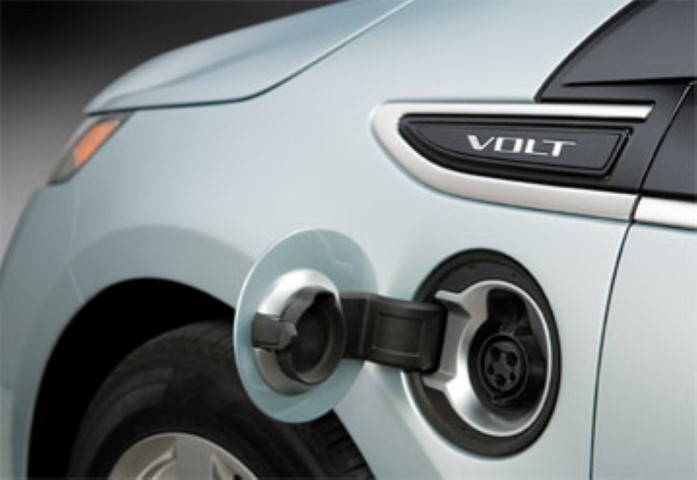
General Motors (GM), once the single largest manufacturer of cars, trucks and many other means of transportation threw their slightly tattered hat into the EV ring with the introduction of the MY11 Chevrolet Volt. Introduced initially in the United States in mid-December 2010, the Volt was one technological solution devised by GM to meet stringent fuel efficiency and emissions rules. And, it was marketed as an everyday city runabout. A bold marketing move.
Let’s take a quick look at the specs; the Volt has a battery-only range of 40 – 80 kilometres with another 500 kilometres available from the battery-charging gas motor on board. The vehicle looks pretty good and, for the most part, performs as advertised.
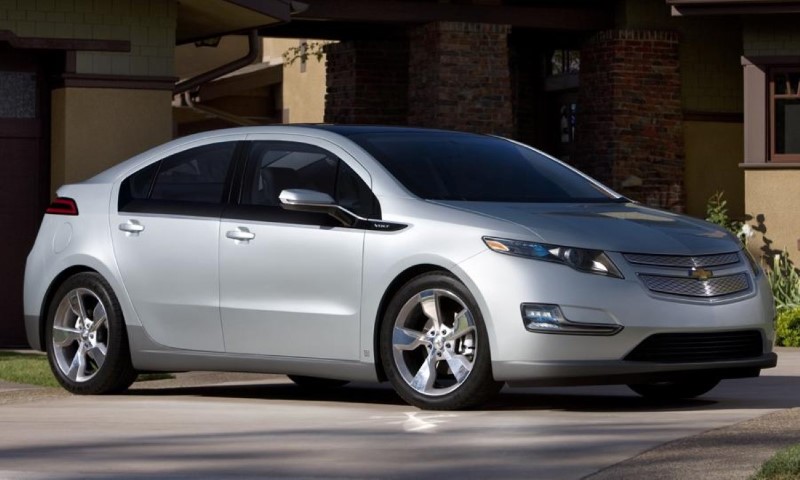
And here is where one of the inherent issues with EVs lies. Its price. In Canada, the suggested MSRP is around $41,545 – plus, plus. If you purchase one in Ontario, the provincial government presently (I could not say currently!) provides a subsidy of $8,320. In addition, GM tells us that a Volt should run at about 1 – 2 cents per kilometre versus 6 – 8 cents for ‘normal’ gasoline powered vehicles – assuming gas is running at up to $1.30 per litre.
Like I said, price seems like a deterrent. Consider the Chevrolet Cruze by comparison. Starting with a suggested MSRP of $14,995, the Cruze can go as high as $26,445 – and up. And as an everyday commuter-type car, it delivers a claimed efficiency of 7.2 city, 4.6 highway L/100km.
The second strike? There is little to no infrastructure to support re-charging the Volt’s 400 pound, 288-cell lithium-ion battery. Again, we keep hearing this is changing – slowly. In fact, a Tim Hortons franchise in Oakville recently installed one charging station. Kudos. But how does that effect me in the drive-thru lane?
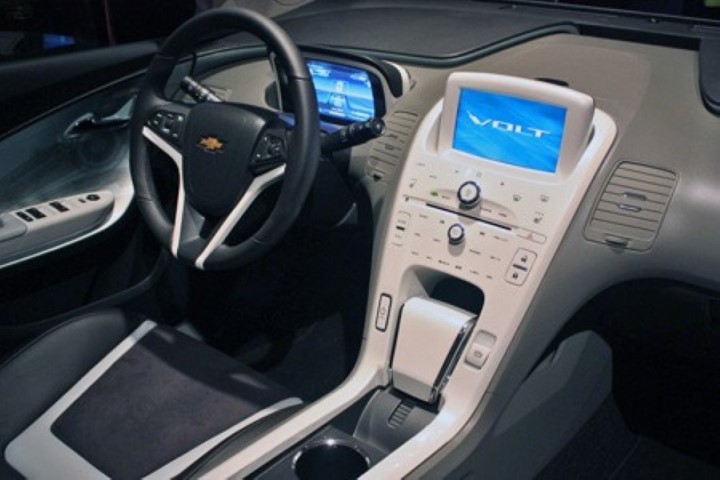
GM also went out on a limb when they made sales predictions for the Volt; 40,000 units to be sold in North America in 2012. A heady number to be sure. But again, this is GM and volume is practically their middle name.
The reality? GM sold 23,461 units. The winner of the steak knives? Toyota with the Prius plug-in at 12,750 units.
Don’t misunderstand. The Volt is a good car. I have driven one on a short test and plans are in the works for a longer test over a one week period. However, as can only be expected, the price tag and lack of feasible infrastructure don’t make things easy. Of course, you can add a charging station in your garage at home. At additional cost.
While electricity is still the least expensive viable fuel option today; taking full advantage comes at a price.
And now, almost rubbing salt in everyone’s wounds comes the announcement made in January at the Detroit auto show of the sexy, sleek-looking Cadillac ELR which GM advises will be available in limited dealerships starting in late 2014.
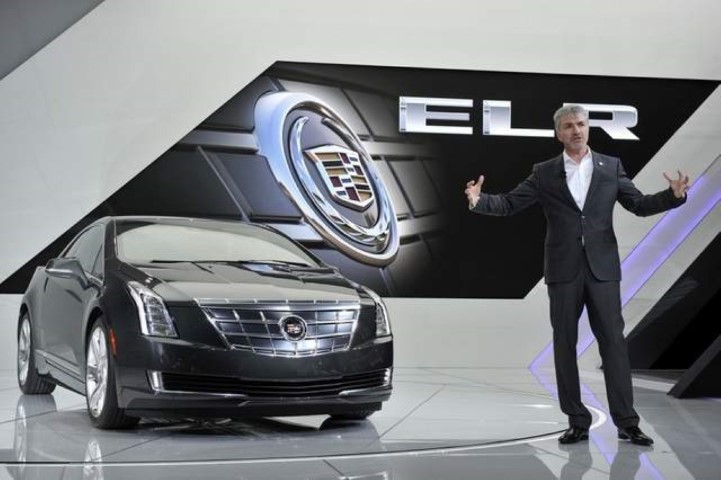
Could this be the Chevy Volt 2.0 with a premium badge on the hood?
Let’s hope that’s not the case. You have to admire GM’s tenacity. Introducing a new luxury vehicle when generally, austerity still abounds. At the end of the day, it’s a Volt internally but an extra 61 horsepower has been wrung out of the borrowed drivetrain/power plant. And that’s also not a bad thing.
But here’s what I, personally do not understand. This is a Cadillac. It’s a coupe. And it’s an EV.
If sales faltered for the Volt, how can a luxury brand hope to succeed? And, let’s be honest, coupes are NOT volume sellers in any market. And then this good-looking car is “hobbled” as an EV?
With the recent success of the Cadillac ATS, this ELR introduction seems almost awkward and hesitant. Cadillac successfully misdirected the general public and the ATS deservedly continues to receive awards and accolades.
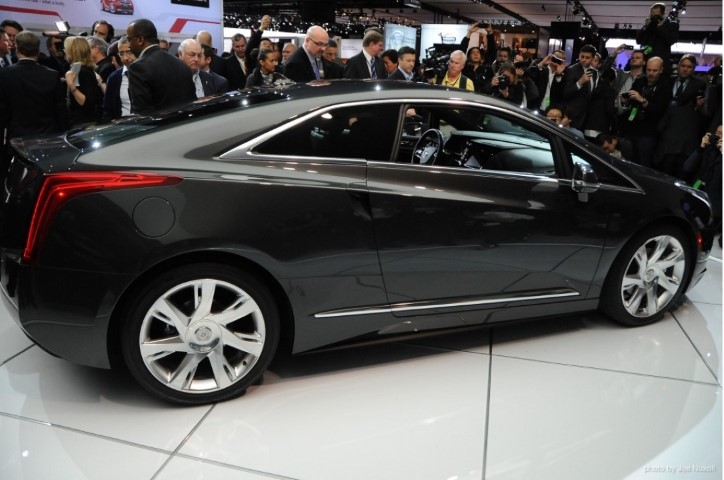
The ELR, because it’s a coupe will likely have less cabin space than the Volt – and is only accessible by two-doors. OK, so GM has money invested in this model, going as far back as 2009 when the Cadillac Converj was presented in Detroit as a concept car.
But still, that does not make the decision to produce a niche car, for a limited demographic at a likely high price (estimates put that at around, conservatively, the $70,000 mark – and up). And here’s another kicker; the Ontario government’s subsidy will be the exact same as the Volt.
Thing is, there is no reason that EVs should not be represented by luxury brands – look at Tesla and Fisker.
However, for Cadillac, might a more practical vehicle be more marketable – like a CUV-type vehicle on a SRX platform?
Would that not make more sense?
GM and Cadillac specifically need the general public to get behind this vehicle. It is NOT a concept. It is a production vehicle slated to hit winter 2014. The Cadillac ELR was introduced with enormous fanfare in Detroit. Auto journalists practically clambered over one another to see it. The ELR made no appearance in Montreal later that week. It was presented on media day in Toronto for the 40th anniversary of the Canadian International AutoShow – and was then quietly shipped out later that very same day to Chicago.
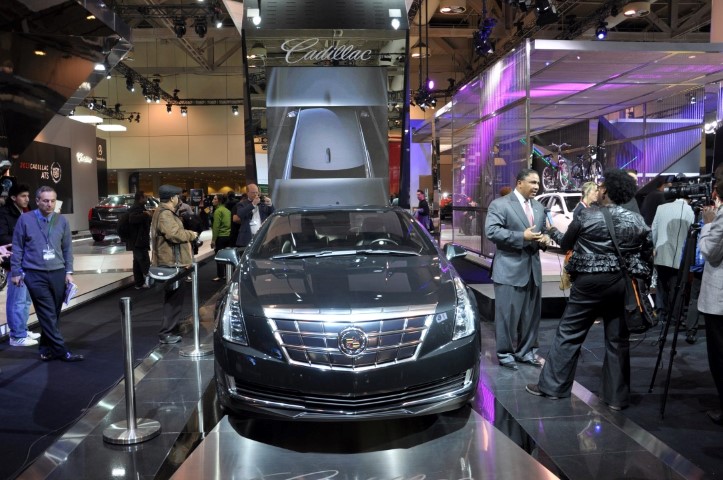
If the public does not see the car, how will they know they want or even need one?
I admit it; I admire anyone who boldly goes where no man, etc. – however, I hope that the powers that be who “sold” the ELR to Cadillac left themselves a trail of breadcrumbs to find their way home. Unless there is a major change, the Cadillac ELR may soon claim fairy tale status.
And that would, indeed, be a bad day for the automotive industry generally.

